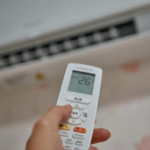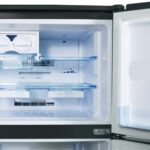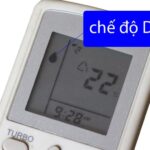Air conditioners have various modes, and each mode operates differently, resulting in varying levels of electricity consumption. So, what are the different modes of an air conditioner, and which one is the most energy-efficient?
While each air conditioner brand may have unique modes, most models typically offer the following four standard modes.
Dry Mode
On the air conditioner control panel, this mode is usually indicated by a water droplet icon. When this mode is selected, the room temperature will not go below 23 degrees Celsius and will not fluctuate significantly from the outdoor temperature, thus preventing thermal shock.
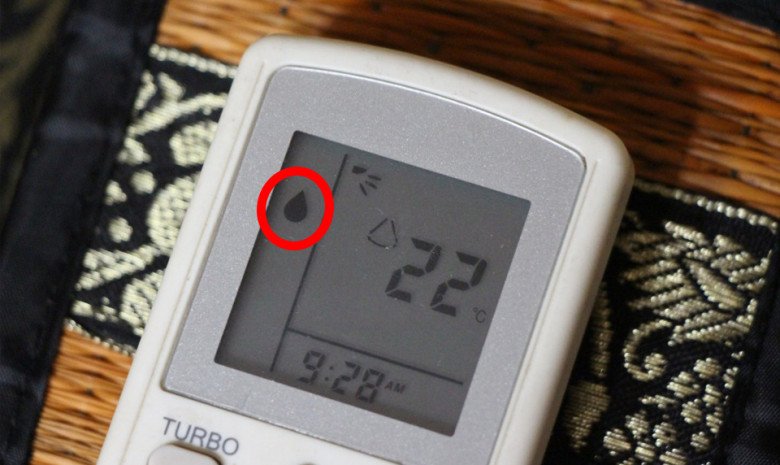
Compared to the Cool mode (indicated by a snowflake icon), the Dry mode saves up to ten times more energy. This is because, in Cool mode, the air conditioner removes heat from the room and releases it outdoors through the outdoor unit, generating cold air to cool the indoor space, which consumes a significant amount of electricity.
On the other hand, the Dry mode operates without producing cold air. Instead, it only dehumidifies the air to create a cooler and drier atmosphere, thereby reducing power consumption. However, since this mode can decrease humidity, it is best suited for use during rainy and humid weather when the humidity level is around 60-70%.
Auto Mode
Auto mode, represented by three arrows forming a circle on the remote control, automatically adjusts the settings based on intelligent temperature sensing.
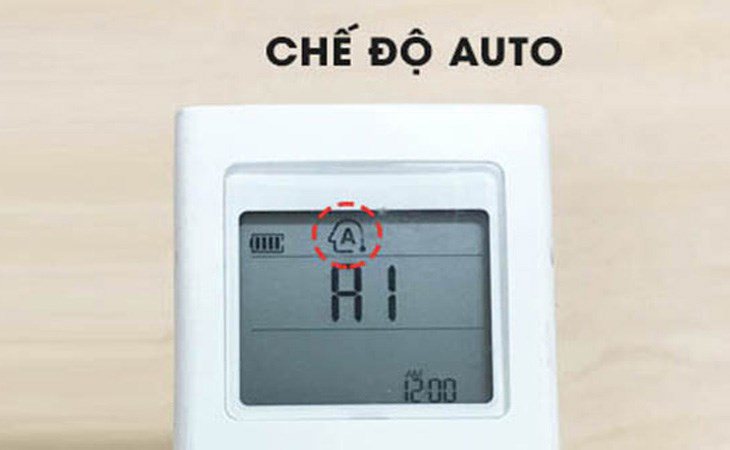
When this mode is selected, the air conditioner fan rotates gently for about a minute. Subsequently, it automatically adjusts the temperature, fan speed, and humidity based on the actual outdoor temperature.
As a result, the indoor and outdoor temperatures do not differ significantly, saving energy and preventing thermal shock when stepping out of the air-conditioned room. It’s important to note that the Auto mode does not change even if the room temperature fluctuates.
Turbo Mode
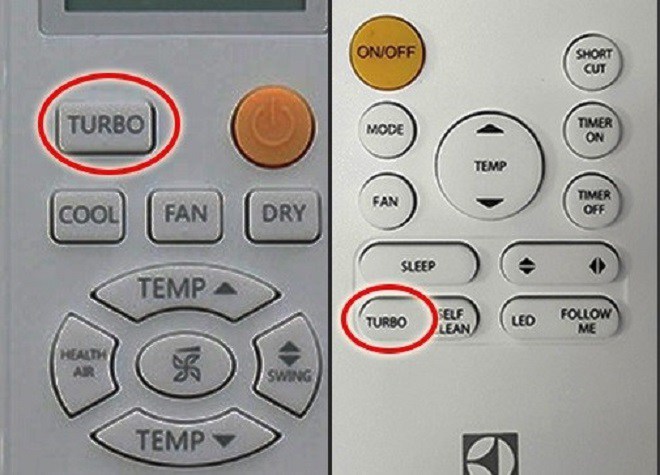
This mode delivers rapid cooling with maximum power. When the Turbo button is pressed on the remote control, the air conditioner’s motor operates at its highest capacity, quickly lowering the room temperature within 20-30 minutes to reach the set temperature. After this period, the air conditioner returns to its normal mode.
While this mode can quickly cool your room, manufacturers recommend using it only on extremely hot days, when the room temperature is high, or when there are many people in the room. Overusing this mode can lead to unnecessary electricity consumption and reduce the appliance’s lifespan.
Sleep Mode
Sleep mode automatically adjusts the temperature during the set period to balance body temperature with the surrounding environment. When Sleep mode is activated, the air conditioner’s temperature will increase by one degree Celsius after a certain period, with the maximum temperature set at 29 degrees Celsius. It will then maintain this temperature.
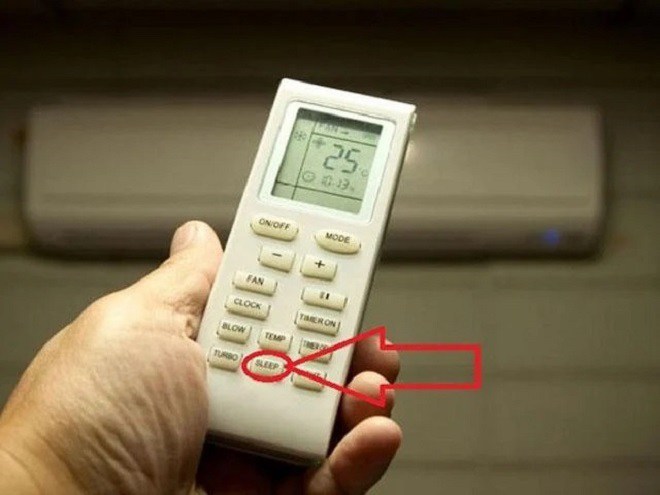
For instance, if you set your air conditioner to 26 degrees Celsius, after 30 minutes to an hour, it will increase to 27 degrees. Approximately two hours later, the temperature will rise by another two degrees and stabilize at 29 degrees to match the ambient temperature.
As a result, this mode promotes a comfortable and healthy sleeping environment, preventing you from waking up due to extreme cold or heat. Additionally, Sleep mode helps conserve energy and ensures quieter operation.

